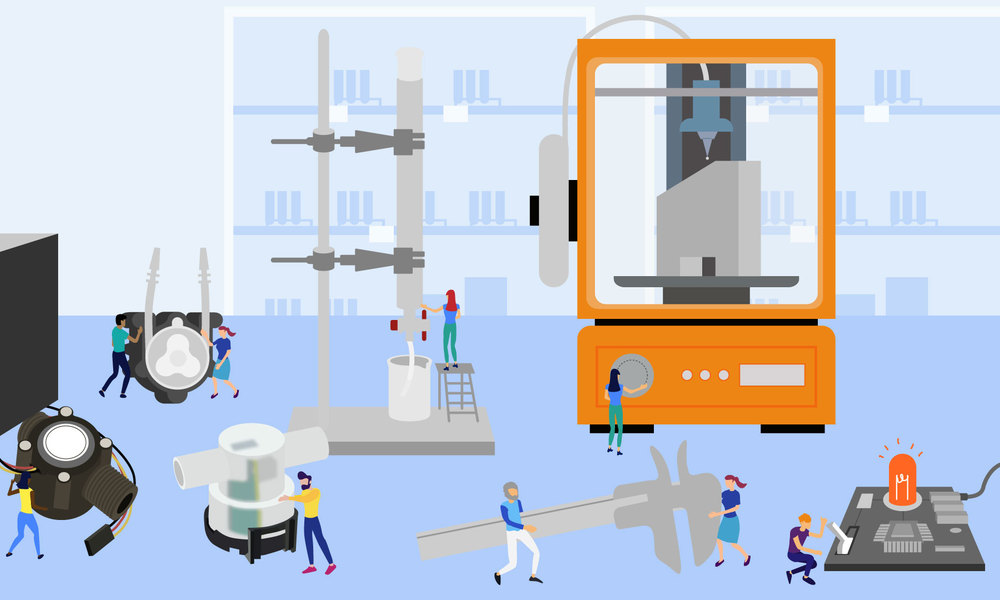By Alex Jennings

Open Insulin Foundation is an organization that aims to create an open-source insulin production method, utilizing community labs for research and development with the ultimate goal of organizing a cooperative of facilities following GMP guidelines and that are FDA approved to roll out insulin production. If OIF’s mission to biohack microorganisms to create cheaper forms of long-acting and short-acting insulin sounds futuristic, that’s because it is.
By 2016, an estimated 425 million people were living with diabetes worldwide, and by 2045, that number is projected to grow to 625 million. In the United States, especially, insulin is a precious commodity. According to GoodRx, between 2015 and 2019, the average per-unit price of insulin rose by 47%, but lately, it seems like the tide is beginning to turn. The FDA has instituted new rules hoping to foster competition in the insulin market and drive prices down. Open Insulin’s work will speed that process and create a new standard for insulin access.
According to a recent study conducted by the Rand Corporation, the average per-unit cost of insulin in the United States is $98–a debilitating sum for many families and individuals even before the pandemic boosted unemployment levels. In order to bring that price back down, OIF uses citizen scientists and biotechnology to establish community labs both in the USA abroad and share techniques through a growing network.
CommitChange creates fundraising tools for organizations like OIF to raise funds needed to continue their work. As of this writing, The Open Insulin Foundation has raised nearly $90,000 on CommitChange for its effort to democratize the production and distribution of insulin. OIF’s most recent campaign sought to raise $10,000 for a new round of experimentation, and they have cleared that bar. Their next immediate goal is to compare the insulin analogues they produce to the already-improved, proprietary insulin products already on the market. Louise Lasalle makes it clear that while this sort of insulin production requires less resources and corporate infrastructure than big pharma companies commonly bring to bear, it still requires laboratory space and equipment, and sweat equity from scientists and developers working in their free time.
Because the project depends on the free sharing of knowledge and a large collaborative network, OIF avoids some of the pitfalls encountered by other nonprofits. They actively avoid a hierarchical structure, preferring to foster a sense of equity and equality among the mostly-volunteer staff.
The term “Open Source” originated in the software industry. It refers to the sharing of source code–the building blocks of software–with users under free terms for possible modification and redistribution. Often this source code is collaboratively developed and maintained by all interested users. Over the years, the Open Source movement has grown beyond software into other industries like biotechnology and pharmacology. With 25% of diabetics reporting the rationing of insulin, OIF’s mission is more important now than ever before. Applying Open Source principles and an egalitarian organizational model will make the insulin market a safer, saner place for patients like myself, who rely on these chemicals to survive. Find out more at www.openinsulin.org.
